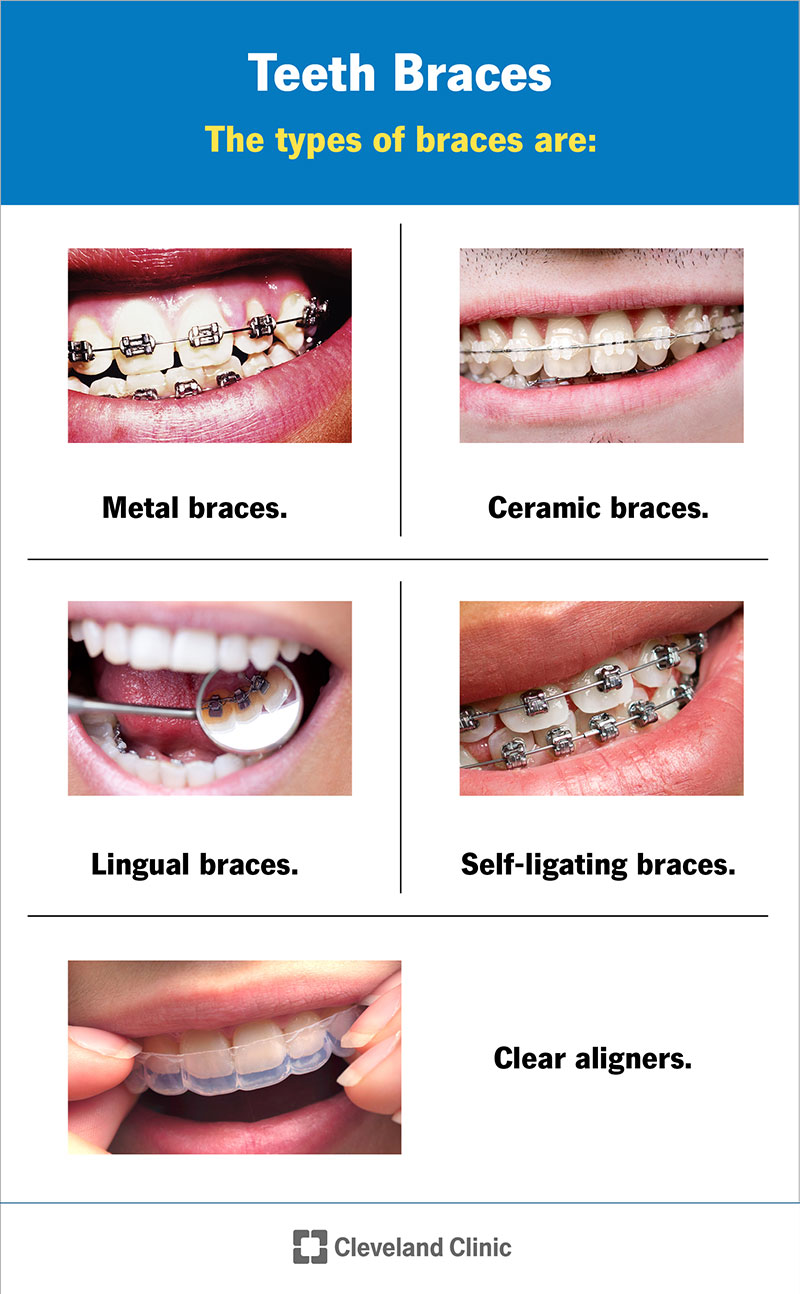Comprehensive Overview to Orthodontics Procedures for Correcting Dental Misalignments
In the world of orthodontics, the journey to attaining a completely aligned smile entails a myriad of treatments customized to fix oral imbalances. From conventional braces to invisible aligners and even surgical alternatives, the area of orthodontics offers a variety of services to deal with varying levels of oral abnormalities. Understanding the intricacies of each procedure, including their mechanisms, benefits, and prospective disadvantages, is vital in making educated decisions regarding one's orthodontic therapy. As we browse via the detailed overview to orthodontic procedures for fixing dental imbalances, the elaborate information of each approach will unravel, clarifying the path toward a harmonious and functional oral positioning.
Orthodontic Procedures Summary

Regular adjustments and tracking are crucial components of orthodontic treatment to make sure progression is on track and to make any kind of required adjustments along the means. By undertaking orthodontic procedures, clients can not just attain a straighter grin yet also improve their general oral health and wellness and feature.
Typical Braces: How They Work
When thinking about orthodontic therapies for dental misalignments, conventional braces stand out as a tried and true technique for remedying teeth positioning. Traditional dental braces consist of brackets, wires, and bands that function with each other to use continual pressure on the teeth, gradually relocating them into the preferred placement.
One secret facet of how standard braces work is the procedure of bone remodeling. As pressure is used to the teeth via the braces, the bone bordering the teeth is improved to support the new tooth settings. This makeover is vital for the lasting security of the fixed placement. Patients will require normal changes at the orthodontist's office to guarantee the dental braces proceed to use the correct pressure for efficient teeth activity.
Unnoticeable Aligners: Cons and pros
Unnoticeable aligners use a hassle-free and discreet alternative to standard dental braces for dealing with dental misalignments. These clear, tailor-made trays are practically undetectable when put on, making them an appealing option for individuals seeking a more aesthetically pleasing orthodontic treatment. One of the key benefits of invisible aligners is their removability, permitting much easier maintenance of oral health contrasted to typical dental braces. Patients can remove the aligners before eating or brushing their teeth, reducing the threat of food obtaining stuck in the device and streamlining the cleansing procedure.

Surgical Orthodontic Options
Surgical interventions in orthodontics existing feasible options for resolving complex oral imbalances that may not be properly settled through standard orthodontic therapies. While unnoticeable aligners and typical dental braces can fix numerous orthodontic concerns, certain situations call for surgical treatment to achieve ideal outcomes. Surgical orthodontic choices are typically suggested for extreme malocclusions, significant jaw discrepancies, and cases where the underlying bone framework needs modification to achieve proper positioning.
One usual surgical orthodontic treatment is orthognathic surgery, which involves crowns and veneers rearranging the jaws to correct functional problems such as problem talking or chewing. This surgery is frequently performed in cooperation with an orthodontist that helps straighten the teeth prior to and after the procedure. Surgical orthodontics might likewise involve treatments to subject impacted teeth, get rid of excess gum cells, or improve the jawbone to create an extra harmonious face profile.
Before taking into consideration surgical orthodontic options, individuals undergo a comprehensive analysis to figure out the necessity and possible benefits of such treatments. cumming aligners. While surgical treatment may appear complicated, it can substantially boost both the feature and aesthetic appeals of the smile in cases where standard orthodontic treatments fail
Retainers and Post-Treatment Care

Post-treatment care includes adhering to the orthodontist's instructions carefully. This may include correct oral health techniques, attending follow-up visits, and putting on the retainers as prescribed. Failure to adhere to post-treatment care directions can cause relapse, where the teeth gradually move back in the direction of their initial positions. Consistent retainer wear, excellent oral health, and routine oral exams are important for keeping the results achieved through orthodontic surgery and making sure the long-term stability of emergency dental care near my location the fixed oral placement.
Final Thought
Finally, orthodontic treatments use numerous choices for remedying dental misalignments. Traditional dental braces make use of steel brackets and wires to change teeth right into appropriate alignment. Invisible aligners provide an even more very discreet alternative but might not appropriate for all cases. Surgical orthodontic options are readily available for a lot more serious misalignments. Retainers are commonly made use of post-treatment to preserve the new placement. On the whole, orthodontic treatments can efficiently improve oral health and wellness and aesthetic look.
As we navigate via the thorough guide to orthodontic treatments for dealing with dental this hyperlink misalignments, the intricate details of each method will certainly unfold, shedding light on the course toward a harmonious and useful dental placement. - cumming invisalign
One of the most typical orthodontic treatments is the use of dental braces, which consist of steel brackets and cords that apply gentle stress to gradually change teeth into the preferred position.When taking into consideration orthodontic treatments for dental imbalances, conventional dental braces stand out as a time-tested technique for correcting teeth placing. In addition, undetectable aligners might not be appropriate for intricate orthodontic issues that require even more substantial teeth motion, as they are typically suggested for moderate to modest instances. Retainers are personalized orthodontic gadgets made to hold teeth in their corrected placements after the conclusion of orthodontic therapy.